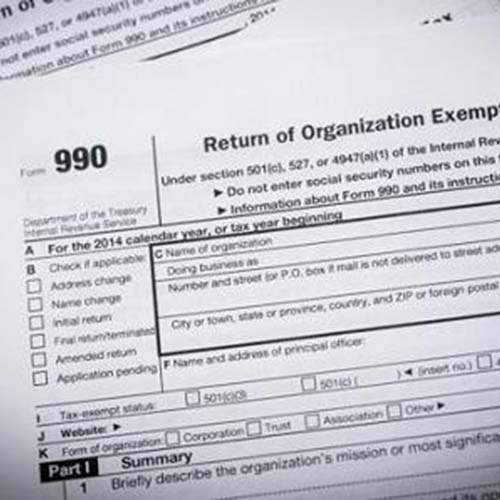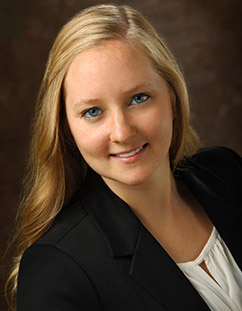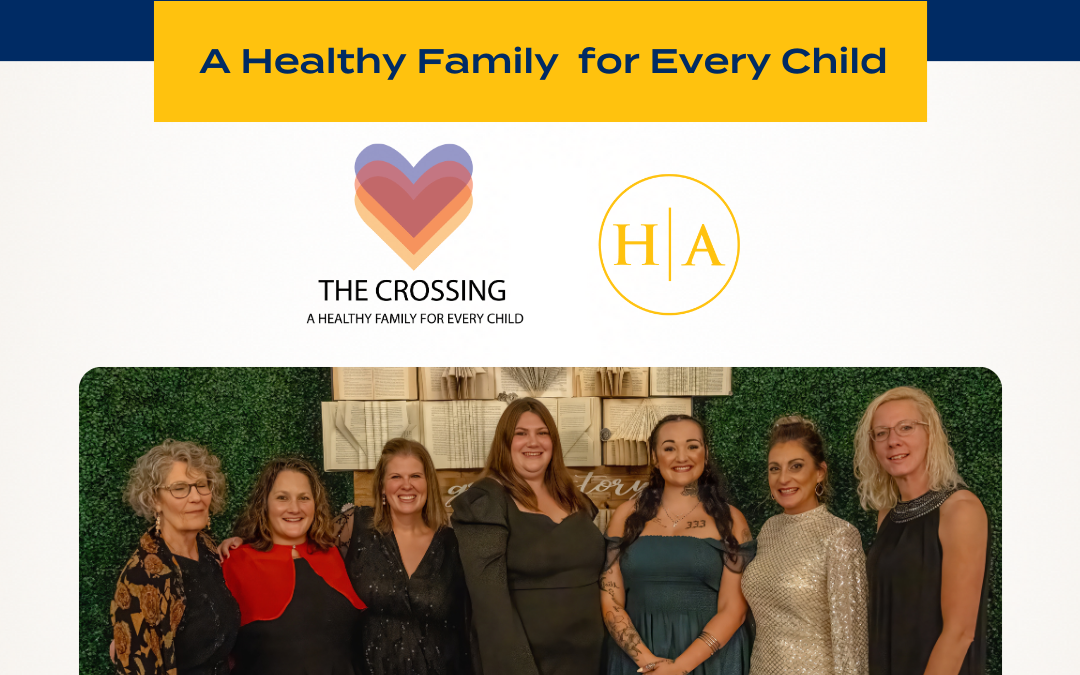In the next few Nonprofit Connection newsletters, we’ll present a series on sections of the IRS Form 990. Various schedules will be highlighted to give a better understanding of what they are used for and how the public could use them as a tool to evaluate the nonprofit when deciding to donate. Sign up to receive the Nonprofit Connection Newsletter.
The first schedule in this series is Schedule A – Public Charity Status and Public Support. Schedule A is used to describe the reason for public charity status and to compute the percentage of public support received. It is a required schedule if the organization is a 501(c)(3) that receives a substantial part of its support from the general public. If the majority of the support is from a single major source, the organization is classified as a private foundation (example Bill and Melinda Gates Foundation) and required to file Form 990-PF, rather than Form 990 or Form 990-EZ.
There are six parts to the Schedule A. Part 1 is required to be filled out by all 501(c)(3) organizations. Depending on the type of nonprofit, other parts of Schedule A may be required.
Part 1:
Describes the reason for public charity status.
Parts 2 and 3:
Are used to compute the percentage of public support. Whether part 2 or 3 is used depends on which box is checked in part 1. Both parts test whether public support contributes to at least 33.3 percent of total support, qualifying a nonprofit as a publicly supported organization. The main difference between parts 2 and 3 is that part 3 is used when there are revenues from sources such as admission fees, merchandise sales, or service revenue related to the organization’s tax-exempt purpose. Large contributions from single donors that exceed two percent of the total contributions given during the year are excluded from the public support calculation in order to prevent the required percentage from being skewed by a single donor. If the organization dips under the 33.3 percent, there is another test where only 10 percent public support is needed, but certain “facts-and-circumstances” need to be met. If neither of these tests is met, the nonprofit reverts to a private foundation as of the beginning of the year and must instead file a Form 990-PF.
Parts 4 and 5:
Are used by an organization that carries out its exempt purposes by supporting other exempt organizations, usually other public charities.
Part 6:
is available for supplemental information if further explanation is required from previous parts.
In order to track large donors and excess contributions from the general public percentage, it is important that organizations track donor names and amounts given.
Donors can use Schedule A to gauge how much support an organization is receiving from the general public versus a few large donors. Some donors may be more inclined to give to organizations that have a high percentage of public support and are not relying on a few large donors. After all, a nonprofit can be significantly impacted if even one large donor withdraws support. Schedule A also informs donors about the types of revenue streams on which the nonprofit operates.





